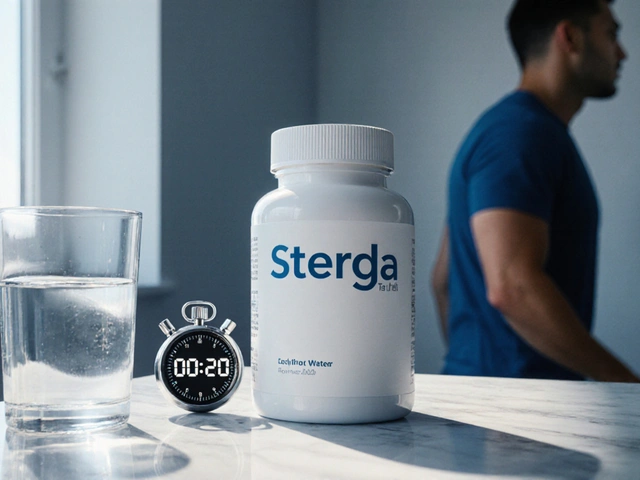CYP3A4 Inhibitors – Simple Guide to What They Do and How to Stay Safe
If you’ve ever heard a doctor warn you about a drug interaction, chances are the word CYP3A4 popped up. That’s the liver’s biggest workhorse for breaking down medicines. When something blocks this enzyme, it’s called a CYP3A4 inhibitor. Think of it like a traffic jam that slows down the flow of drugs in your body.
Common CYP3A4 Inhibitors You Might Meet
Not all pills are created equal. Some everyday meds and even foods can put the brakes on CYP3A4. Here are a few you’ll likely see:
- Antifungals – Ketoconazole and itraconazole are strong blockers.
- Antibiotics – Erythromycin and clarithromycin can slow metabolism.
- Heart meds – Diltiazem, verapamil, and some statins like simvastatin.
- HIV drugs – Ritonavir and cobicistat are designed to inhibit CYP3A4 on purpose.
- Herbal supplements – Grape seed extract, St. John’s Wort (actually an inducer, but many herbs mess with the system).
Even grapefruit juice can crank up the effect. A splash of it with certain meds can raise blood levels enough to cause side effects.
How to Manage Interactions and Keep Your meds Working
Knowing which drugs are inhibitors helps you avoid surprises. Here are practical steps:
- Ask your pharmacist – Whenever you start a new prescription, ask if it’s a CYP3A4 inhibitor or if your current meds fall into that group.
- Keep a list – Write down every medication, over‑the‑counter product, and supplement you take. Share that list with every doctor.
- Watch for timing – Some doctors recommend spacing grapefruit juice or certain antibiotics away from other meds by a few hours.
- Know the signs – If a drug that’s usually mild suddenly makes you feel dizzy, nauseous, or unusually sleepy, tell your doctor right away.
- Don’t stop meds on your own – If you think an inhibitor is causing trouble, never quit the prescription without professional guidance.
Most of the time, doctors will adjust the dose or pick a different drug that isn’t heavily processed by CYP3A4. That’s why sharing your full medication profile matters.
Bottom line: CYP3A4 inhibitors are common, but they’re not scary when you know what to look for. Keep an eye on what you swallow, ask questions, and you’ll avoid most unwanted side effects. Your liver does a lot of heavy lifting – a little awareness goes a long way in keeping the whole system running smoothly.
How to Minimize the Risk of Atorvastatin Drug Interactions
Learn practical steps to lower the chance of dangerous atorvastatin drug interactions. Covers metabolism, common culprits, monitoring tips, and tools for safe use.
Read





